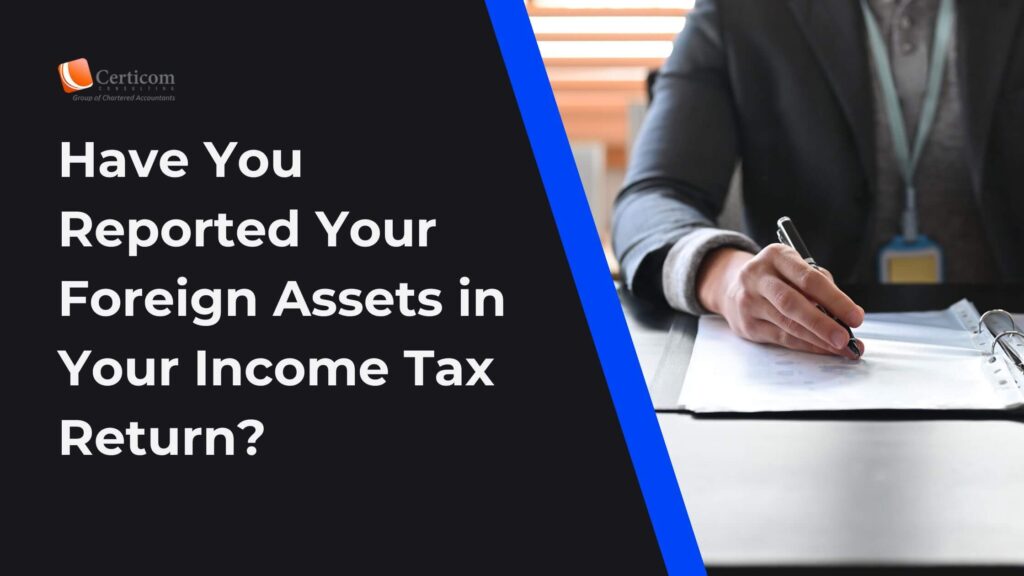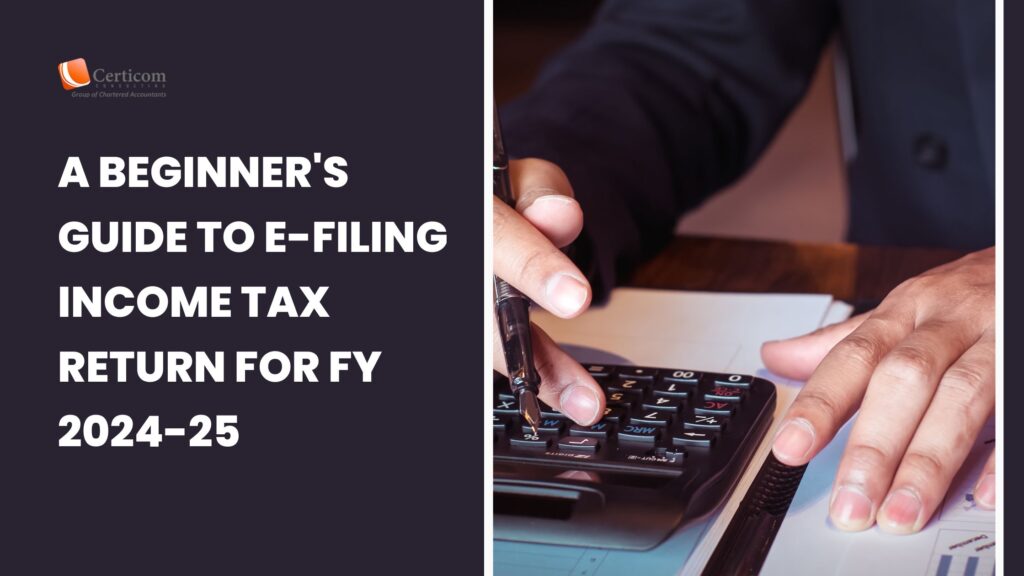ITR: Types of TDS certificates and why they are needed
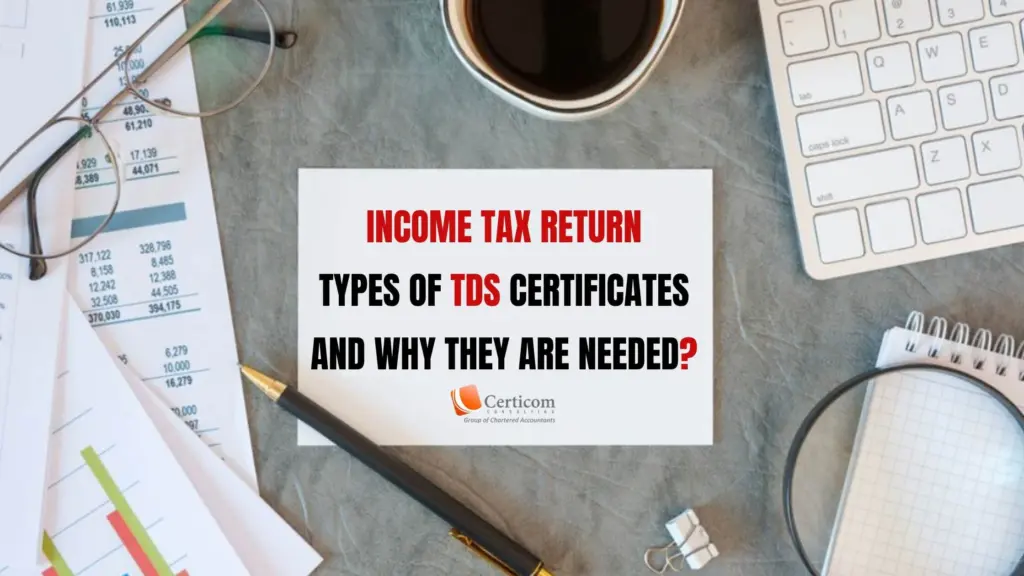
Salaried employees may still be waiting for their employers to issue their Form 16, which is usually circulated in the first half of June. This means salaried employees can start filing their income tax returns only after June 15.
The filing of tax returns has commenced for income earned during the financial year 2022-23, which spans from April 1, 2022 to March 31, 2023. Salaried employees, however, may still be waiting for their employers to issue their Form 16, which is usually circulated in the first half of June. This means salaried employees can start filing their income tax returns only after June 15.
Form 16 is all that is required of salaried individuals to file income tax returns.
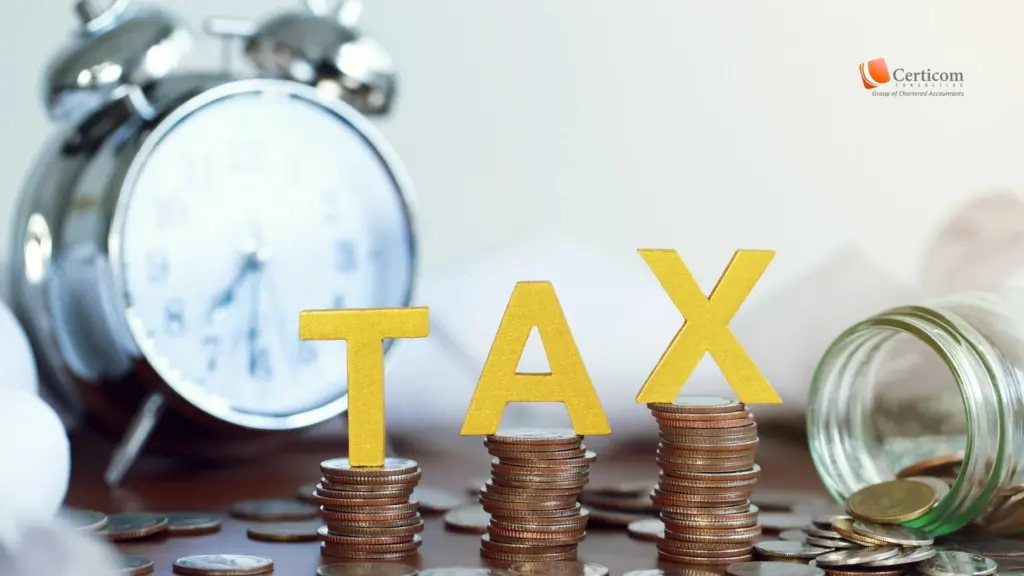
What is Form 16?
Form 16 is a certificate of tax deducted at source, also referred to as a “salary certificate” that the employer provides to the employee. This form includes all the details of deductions made by the employer in a financial year.
Throughout the financial year, the employer pays the employee’s salary every month. If an employee’s total income is taxable, the employer calculates the tax due and deducts it from the salary that is paid every month.
For salaried people who pay TDS, Form 16 is essential to validate if tax has been deducted from an employee’s salary.
Form 16 contains:
1. PAN, TAN, Name & Address of the Employer
2. PAN, Name & Address of the Employee
3. Details of TDS and deposited with the government.
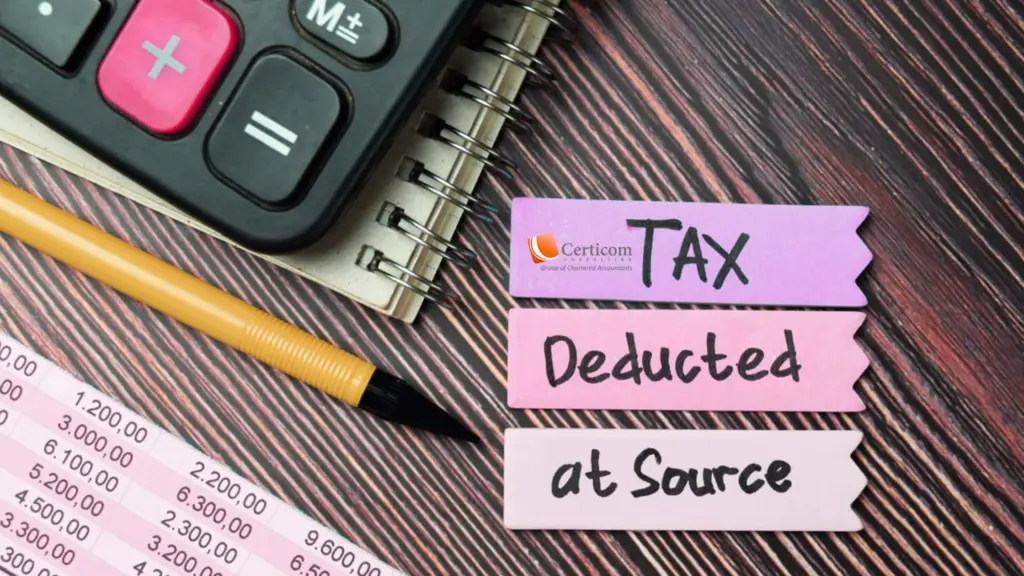
What is Form 16?
Form 16 is a certificate of tax deducted at source, also referred to as a “salary certificate” that the employer provides to the employee. This form includes all the details of deductions made by the employer in a financial year.
Throughout the financial year, the employer pays the employee’s salary every month. If an employee’s total income is taxable, the employer calculates the tax due and deducts it from the salary that is paid every month.
For salaried people who pay TDS, Form 16 is essential to validate if tax has been deducted from an employee’s salary.
Form 16 contains:
1. PAN, TAN, Name & Address of the Employer
2. PAN, Name & Address of the Employee
3. Details of TDS and deposited with the government.
What is Form 16A?
The certificate known as Form 16A applies to TDS on income other than salary. As an example, your bank will deduct tax on any income that is eligible for such deduction, including interest income from fixed deposits, rent, insurance commissions, and other types of income.
What is Form 16A?
Form 16A contains:
a. Name and address of the employer.
b. Employee’s Permanent Account Number (PAN)
c. Employee’s Tax Deduction Account Number (TAN)
d. Summary of quarterly tax deducted and deposited.
What is Form 16B?
Form 16B is a certificate for tax deducted at source on the sale of real estate, stating that the buyer’s TDS amount has been submitted to the income tax department. The buyer needs to deduct 1 percent TDS on the amount paid to the seller at the time of the sale of immovable property. The buyer is obligated to pay the 1 percent tax to the Income Tax Department and provide Form 16B to the seller.
Form 16B contains:
a. Tax computations
b. Gross amount paid/credited
c. Exemption/deduction claimed
d. Any other income
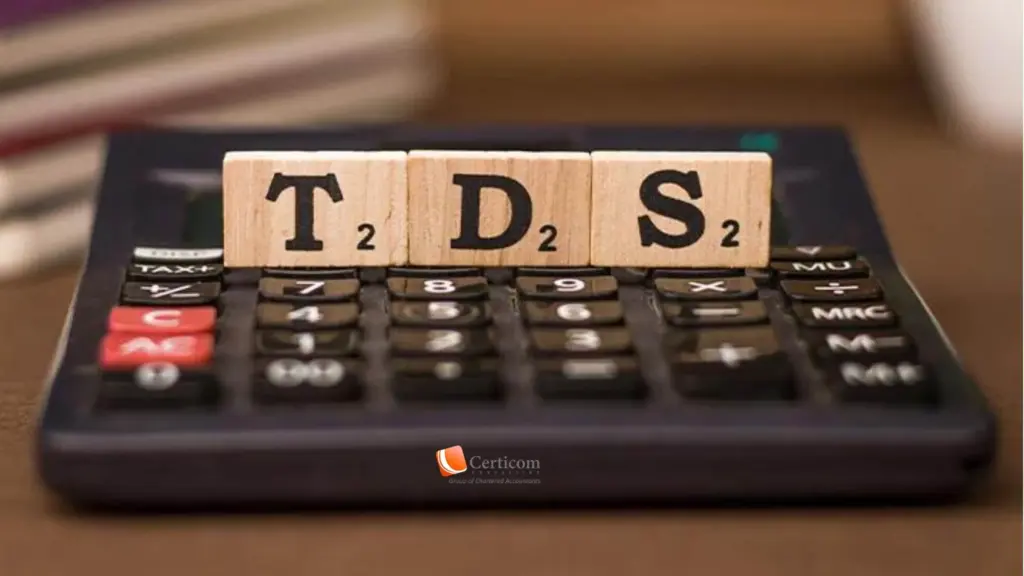
Can a person download Form 16 on their own?
Form 16 must be submitted once TDS has been paid. Every salaried person is qualified to get Form 16 from their employers only.
Read More: E-FILING INCOME TAX RETURN FOR INTERNATIONAL INCOME SOURCES
Things to consider when submitting income tax returns
Form 16 is essential for submitting income tax returns for salaried employees. All the information in it needs to be precise. Ask your employer to give you a Form 16 if they haven’t already since failing to submit your income tax returns by the deadline might result in payment of interest of 1 percent every month. Check the IT portal to see if the employer has deposited TDS as well.
Related Post
Have You Reported Your Foreign Assets in Your Income Tax Return?
A Beginner’s Guide to E-Filing Income Tax Return for FY 2024-25
Book A One To One Consultation Now For FREE
How can we help? *



